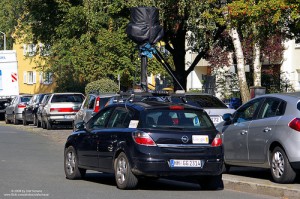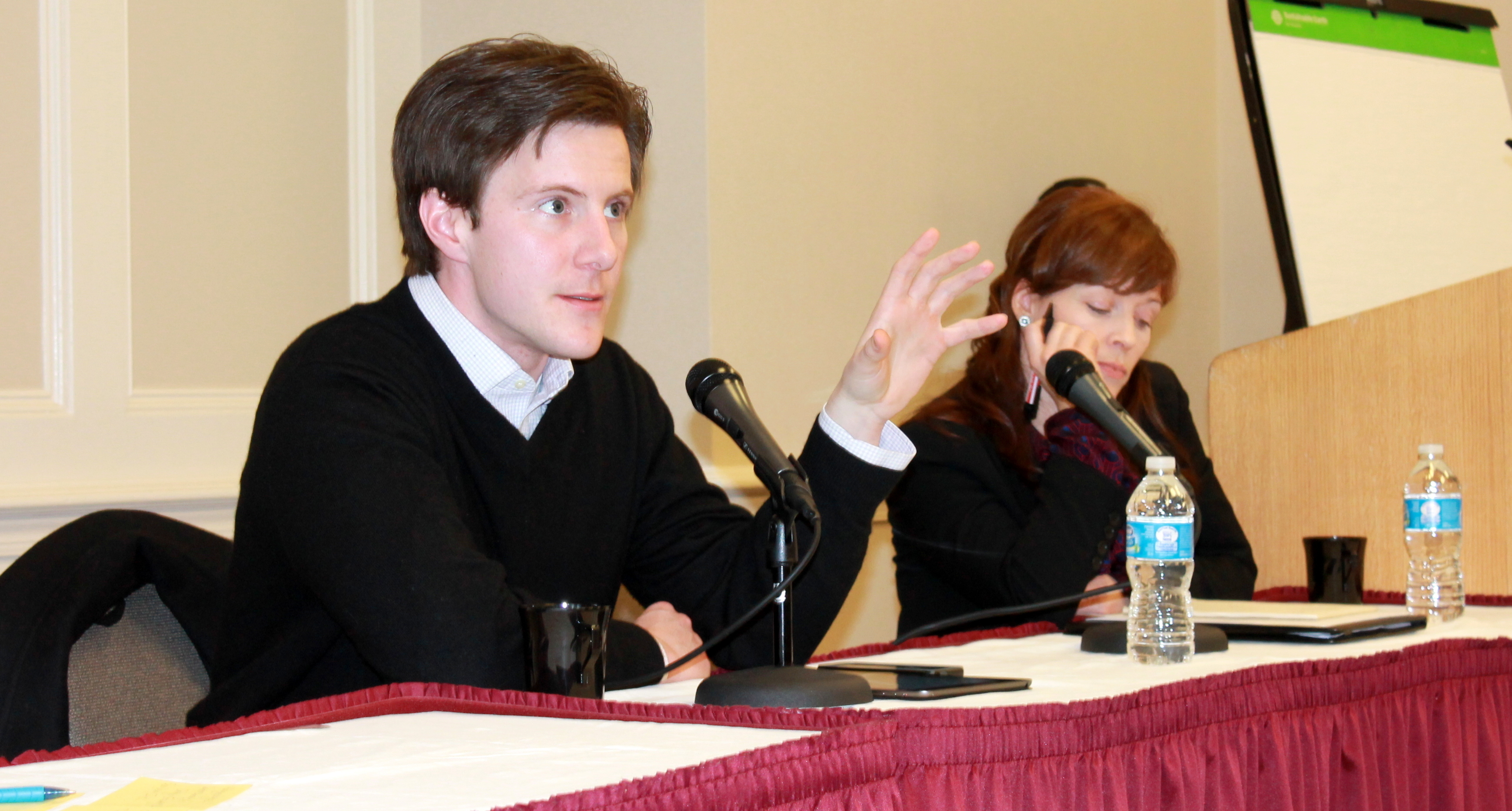Peace through technology in the Middle East; this is what Elizabeth Buckner has set out to do. If you grew-up in the early tech-world of portable Gameboys and bulky PCs in the classroom, you’ll appreciate Buckner’s electronic teachermate, an educational device teaching children in Palestine and Israel about ‘life on the other side.’
 Buckner is breaking borders with digital teaching, through her PhD Studies at Stanford University’s School of Education, collecting tell-tale accounts from 8-17 year olds, turning them into audio slideshows and uploading then onto the devices which also incorporate lessons in math, shapes, matching and strategizing.
Buckner is breaking borders with digital teaching, through her PhD Studies at Stanford University’s School of Education, collecting tell-tale accounts from 8-17 year olds, turning them into audio slideshows and uploading then onto the devices which also incorporate lessons in math, shapes, matching and strategizing.
Created by Innovations For Learning (IFL), these teachermate devices – which serve as a school themselves – have been used in Mexico, Korea, Rwanda, The Philippines. A great success in Chicago – compared to the late-blooming One Laptop Per Child innovation – teachermates are being called the “world’s most affordable solution for providing one computer to every student in a classroom.” Seth Weinberger, Executive Director at IFL, says teachermates are being used by40,000 students in 15 states. Thus, though criticized for being called a handheld computer –when it’s not – teachermate is still nonetheless serving its purpose, successfully.
Even still, there are unanswered questions when it comes to teachermates in Palestine and Israel.
Buckner focuses in on Qalqila, Palestine as a region where this device is working, but what about regions in Israel? Buckner anticipates these devices to be implemented in the Palestinian national curriculum, but what about in Israel? The devices are translated in Arabic, but will they too be translates in Hebrew? Since it “takes-two-to-tango”, here’s to hoping that the teachermates will be implemented on both sides of the border.
Buckner has seen this device be successful in some regions – students love it and are teaching themselves to use it without teacher assistance – specifically she notes in ‘poorer regions.’ Buckner says reason being that “literacy rates and test scores were much higher in well-funded schools in Ramallah and Nablus, where classrooms are outfitted with plenty of books and supplies…” But will wealthy regions too find this device relevant? If understanding is to take place, all sectors of society need to be engaged, no?
Social medias connect, but they also further isolate. In the political case of Israel and Palestine, these teachermate tools are building electronic connections, but do they further physical barriers? If children are learning about the ‘other side’ via devices – even though stories are told with human voices – rather than in person, does this lead to the dehumanization of a very human situation?
Let’s absolutely hope not, because much is to be gained from Buckner’s project.
These devices are a great beginning toward creating dialogue between children of these long separated groups. Buckner’s tech-savvy story exemplifies how modern media technologies are attempting to breakdown border barriers and bring people together.
Peace through technology in the Middle East; hats off to Buckner for pioneering this exciting project.

